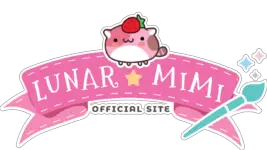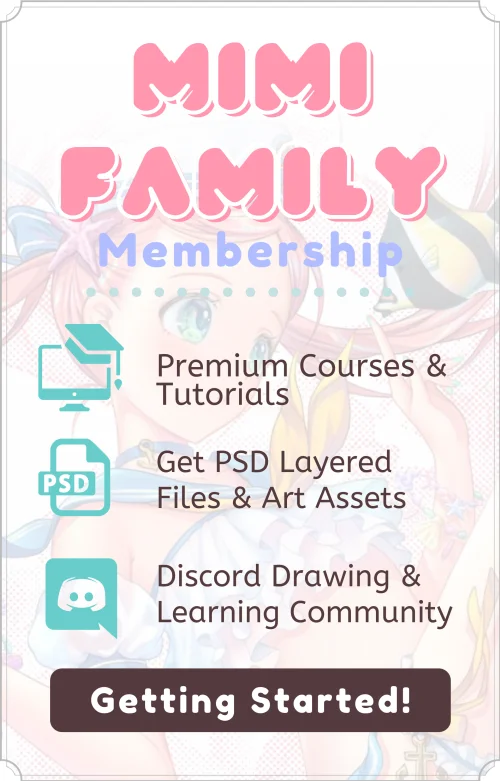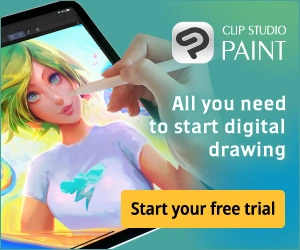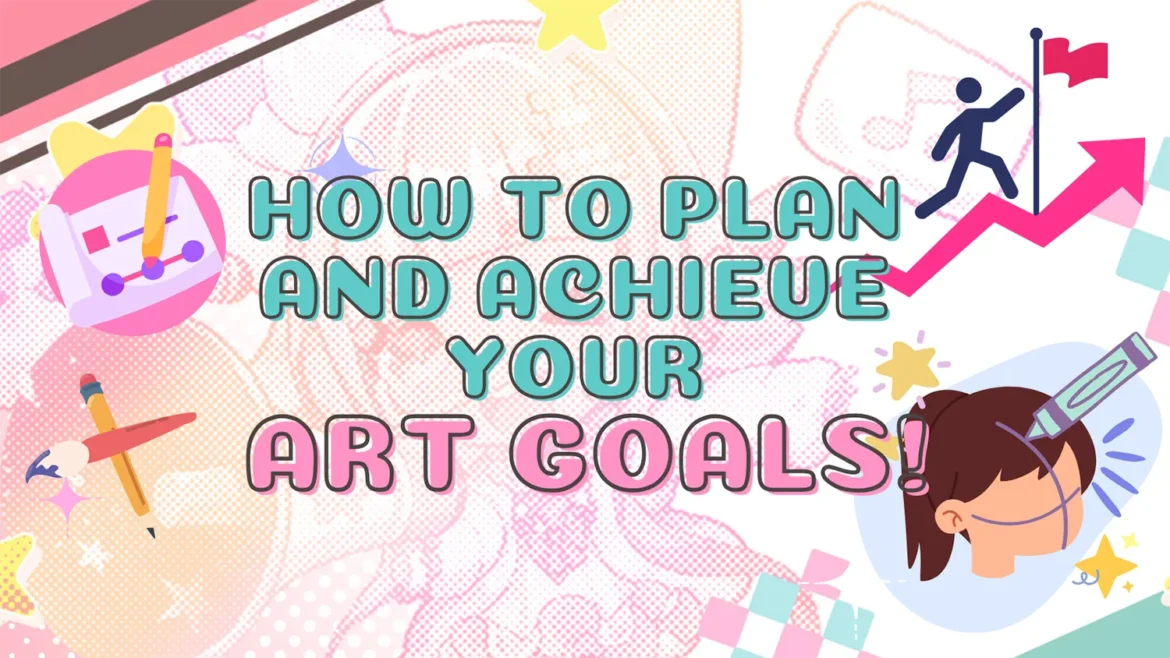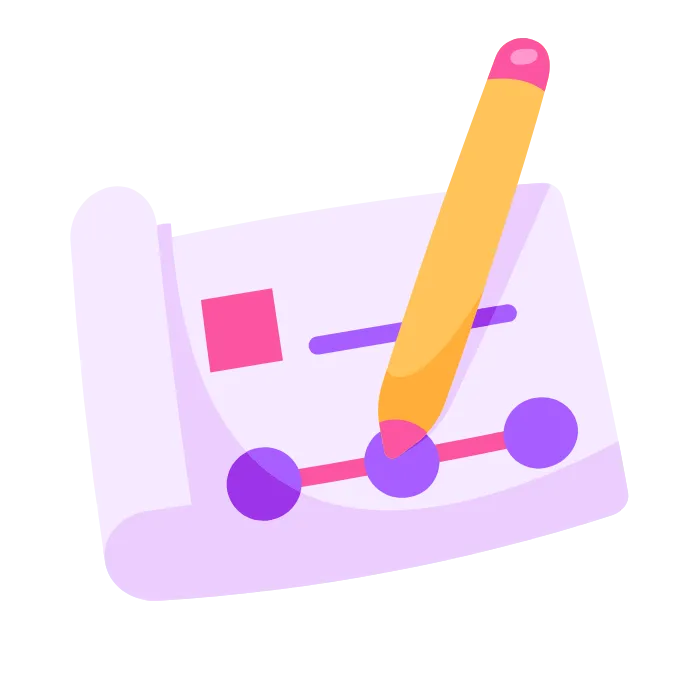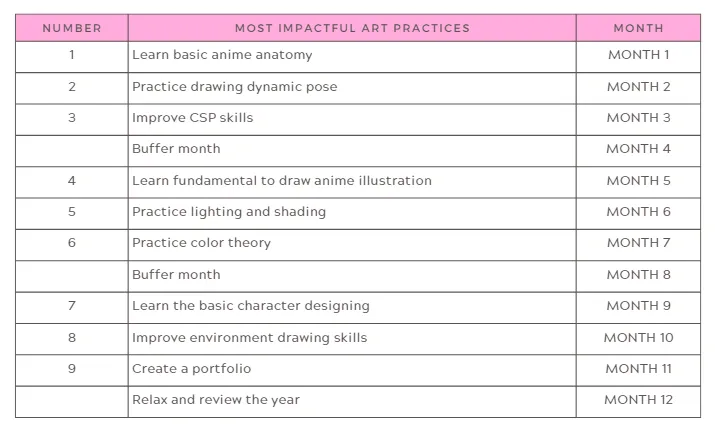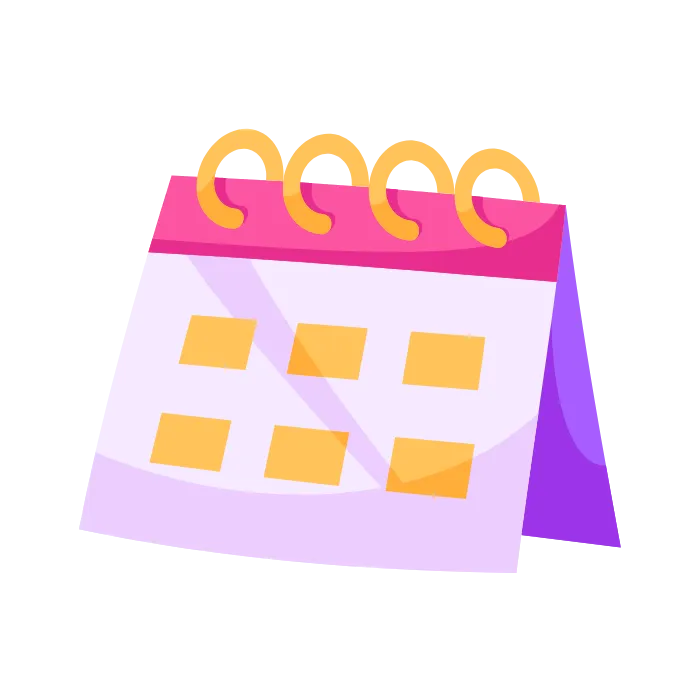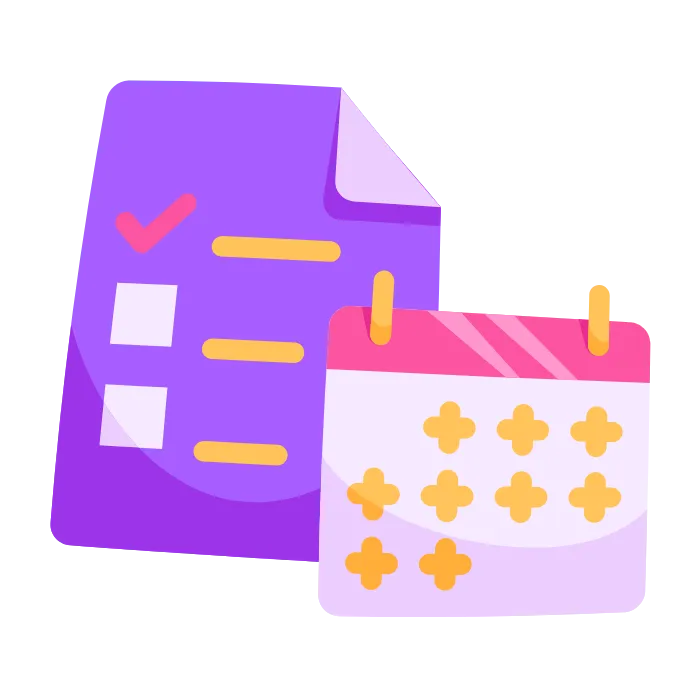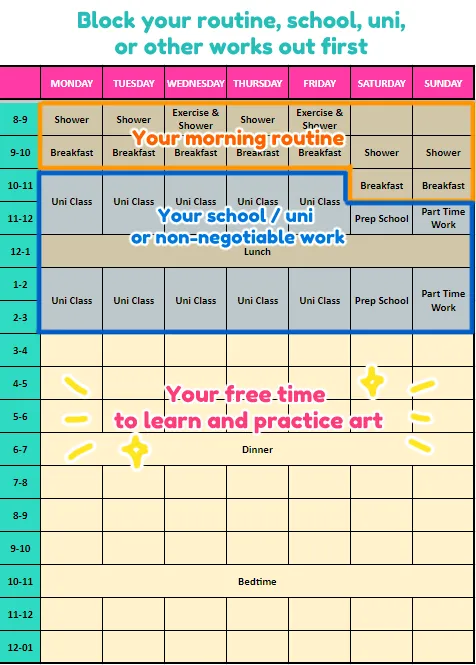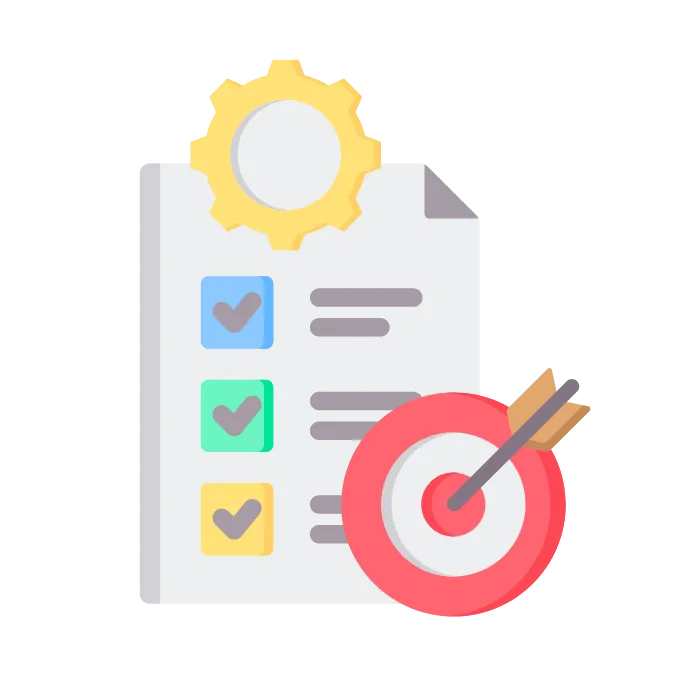As we dive into 2024, how do you feel about the upcoming year?
Excited, uncertain, or perhaps ready to tackle new challenges?
This time of the year is particularly special to me. It's like standing in front of a blank canvas, full of opportunities waiting to be explored.
Now, here's the deal: 2024 can either be an outstanding year where you elevate your art skills to new heights…
…or it could end up being just okay.
What will make the difference?
Art goal setting, practice / task planning, and execution!
No worries if you haven't defined your art goals yet – many others are in the same boat. According to a Harvard Business study, a whopping 83% of the population lacks clear goals. Only 14% have a plan, but unwritten, and merely 3% have their goals penned down.
What makes the people with established goals stand out is their higher success rate compared to those without.
So, if you're eager to boost your art skills for success, setting specific art goals is a fantastic starting point.
We delved into ‘How to Set Your Art Goals' in the previous blog. To make the most of this article, kick things off by defining your art goal before proceeding to the next step.
If you've already absorbed the previous content and have artistic goals in mind, let's dive into the next phase together!
In this blog, we'll explore the effective techniques of batching and planning your art tasks to make strides towards achieving your set goals.
Let's dive in!

How to Achieve Your Artistic Goals
Alright, you've got your big artistic goals in mind – the main picture. You know where you want to end up, you've set your specific objectives.
But here's the catch: getting there won't happen unless you create a clear plan detailing HOW you'll make it happen.
Remember that famous saying: “A goal without a plan is just a wish!”
Once you've identified your main objective, it's crucial to become highly detailed about the precise actions to reach it.
The most effective approach involves breaking down your goals into smaller, manageable projects.
You can use the method below to make progress towards your artistic goals.
- Researching:
Start on researching the necessary steps to achieve your goals. For instance, if mastering fantasy anime character digital illustration is your aim, you should consider planning your learning in the following steps:
1. Learn how to use drawing software such as Clip Studio Paint
2. Honing basic human anatomy
3. Delving into gesture and pose drawing
4. Practicing lighting and shading technique
5. Progressing to color theory
6. Understanding the art composition
7. Learn the basic character designing
8. Culminating with environment painting
9. Discover how to incorporate a story and emotion into your illustration
8. Finally, learn to integrate these elements into an illustration
- Identify the resources:
Explore the essential resources for success, ensuring they align with your available time and budget. This could include books / ebooks, community, courses, free or paid tutorials, private or group coaching, membership and more - Do the brain dump process:
Once you've gathered all the necessary information, engage in a brain dump to organize your thoughts and plan your journey effectively.
Start Planning with the Brain Dump Process
Now, let's kick things off with the brain dump! This is like getting all your thoughts out of your head and onto paper (or on an app if you're using one).
Don't think too hard, just write down everything you can think of about what you need to do that related to your artistic goals.
Remember the research we did? That helps us figure out the important things to do for your goals.
Here's a trick!
- Project Focus:
Focus on projects, not the tiny details. - Think Broader:
Put something like “mastering human anatomy,” rather than getting caught up in micro-practices. Avoid listing sub-tasks like “practice sketching 3/4 head view.” - Simple is the Best:
Keep it simple and clear.
This way, your plan stays organized, and you can move forward with purpose and clarity in the next step!

Craft Your Yearly Plan
Now that you've completed the brain dump process, it's time to turn some of those ideas into action.
Remember, you can't do everything in one year, so let's be strategic in choosing what to focus on in 2024!
- Select Wisely:
From your brain dump list, pick out only 6-9 things to work on. This aligns with the 80:20 rule, meaning 80% of your improvement will likely come from 20% of what you do. - Prioritize Impact:
Prioritize projects that have the most impact and move you closer to your goal quickly and effortlessly.If you want to get better at drawing basic anime anatomy quickly, You may prioritize joining anatomy course (like my upcoming Basic Anatomy Challenge) or practicing from a guidebook. This is way better than just randomly searching for stuff on Google. - Make Your Project S.M.A.R.T:
Ensure that the projects you choose are S.M.A.R.T—Specific, Measurable, Achievable, Relevant, and Time-bound.Basically you should know how to track your practicing habits and measure your improvement in the given time frame. - Time Management:
Assume you'll spend 1-2 months on each project. Then leave about 3-4 months of buffer time in a year. - Calendar Organization:
Arrange and order each project into different months on your calendar.
Here is the example for the Yearly Plan for the goal: Create anime art character illustration professional portfolio by the end of 2024
Alright, this helps you visualize and plan your year effectively. Next, we'll use our Yearly Plan to create Monthly Action Plan!

Create Your Monthly Action Plan
To reach your goal, it's vital to ensure that your daily and monthly plans are all pointing in the direction of that goal.
You need to craft plans for each month called “Monthly Action Plans”. In these plans, write down which art project you want to work on that month.
Also, list all the small tasks you need to do to finish that art project. Here's how the monthly plan looks like:
Begin by focusing only on your 1-3 month to grasp the system. No need to do all 12 months!
- Monthly Overview:
Examine each month of your project and dissect it into smaller, manageable sub-tasks.For instance, if mastering anatomy drawing is your aim, you should consider planning your learning in the following steps:1. Honing basic shapes
2. Understanding body proportions
3. Practicing stick figure sketches
4. Progressing to mannequin drawing
5. Delving into muscle anatomy
6. Culminating with gestures or poses
7. Finally, integrate these elements into a cohesive human figure - Be Specific:
Get down to the specifics. For instance, if your project involves completing a 5-Day Basic Anatomy Challenge mini course, your sub-tasks for each day should be crystal clear—like tackling day 1 of the Anatomy Challenge. - Logical Order:
Rearrange your sub-tasks in a logical order, and assign a specific week and day to each one. This helps organize your efforts in a systematic way.Let's say you're aiming to learn and master basic anatomy. Enrolling in the anatomy course initially and using the knowledge you learn to organize your own anatomy practice later is one way to arrange your plan. - Consider Your Time:
Keep in mind the hours you have available to work on your art or practice.Considering your personal life, school, or university commitments, be realistic about what you can achieve within the time you have.
By taking these steps, you're not just planning for the month but ensuring that every action you take aligns with the ULTIMATE ART GOAL!
This method keeps you on track and moving steadily toward success.

Organize Your Weekly Plan
Once you've compiled all the tasks for your first month, it's time to shape your week!
- Include Other Commitments:
Don't forget to incorporate your school, university, or work commitments, as well as any appointments, to identify available free time for your art project.
- Focus Work Time:
Allocate specific time slots for “focus work,” dedicated to your art project or art practicing each day. - Priority on Focus Work:
Remember, prioritize “Focus Work,” as it's vital for achieving your goal. If possible, it should be the task you do first in the day or after you finish your non-negotiable tasks. - Schedule Rest and Fun Time:
Ensure to allocate time for rest and fun activities in your weekly plan for a balanced and enjoyable journey toward your artistic goals.
You've crafted your fantastic weekly schedule, and now, before delving into your daily plan, let's uncover the golden rules to enhance your weekly focus
Golden Rule for Your Weekly Plan
- Prioritize Focus Work Time:
Make your “Focus Work Time” the top priority in your weekly plan. This is the dedicated time for your art projects and art practicing. - Uninterrupted Flow State:
During Focus Work Time, ensure no interruptions. Aim to enter the flow state, where learning, practicing, and creating become not only better but also more enjoyable. - Avoid Multitasking:
Resist the urge to multitask. It tends to make everything worse and slower. Focusing on one thing at a time helps you perform better and be more efficient in your creative endeavors.
By following these golden rules, you'll find yourself in a more productive and enjoyable creative zone during your designated Focus Work Time, paving the way for significant progress in your artistic journey.

Now, You've Got Your Weekly Action Plan!
Your weekly plan plays a pivotal role in this productive artist system! It'll help you feel less overwhelmed and carry out your art practice each day effectively!
You've identified the daily tasks needed to reach your artistic goal throughout the week.
But… how do you navigate through each day?
In the upcoming blog, we'll delve into filling the time slots for each day and maintaining consistency in executing your art plan daily!
Finally, if you like art tips and content like this, feel free to subscribe to my weekly newsletter: !
I share my anime art tips and experiences in my digital art career in a weekly email. You'll get the insight and behind the scene of the art career! Really recommend if you're a beginner anime style artist.
Thank you so much for reading this post! I really appreciate your visiting and using your valuable time reading my content!
Much Love 💖
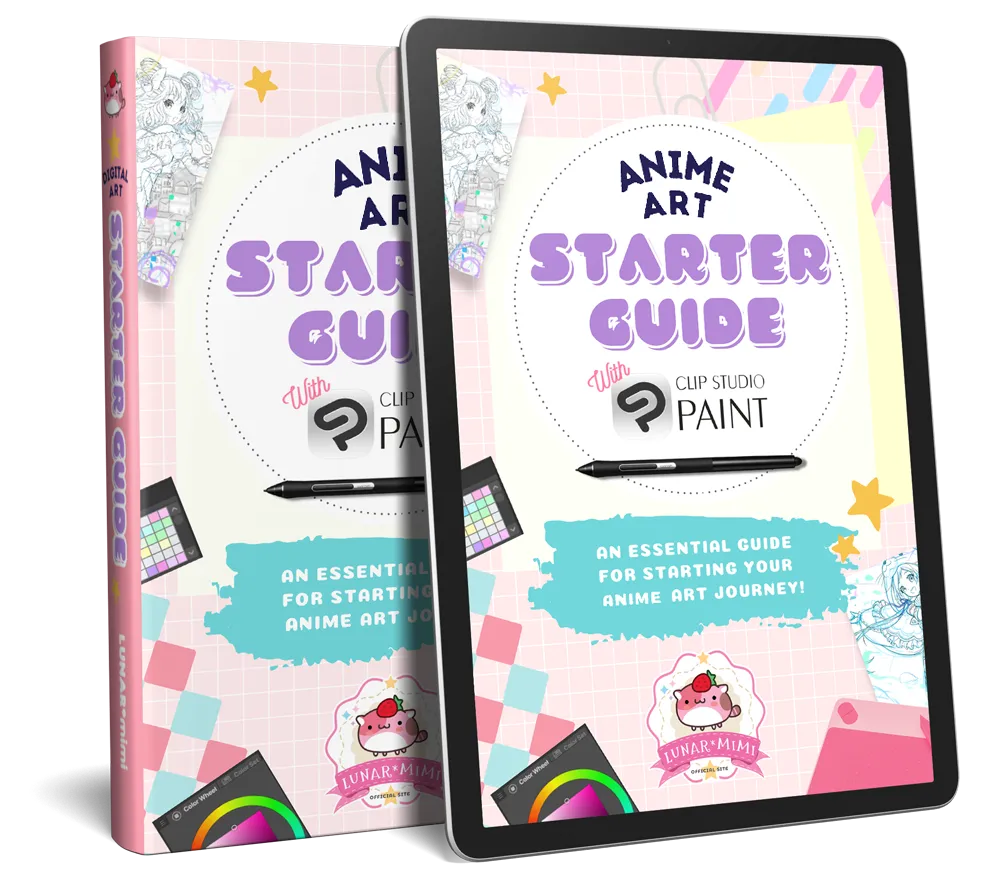
Want to know how to start your anime art journey?
Download my ANIME ART STARTER GUIDE and start your artistic path right away for FREE!
